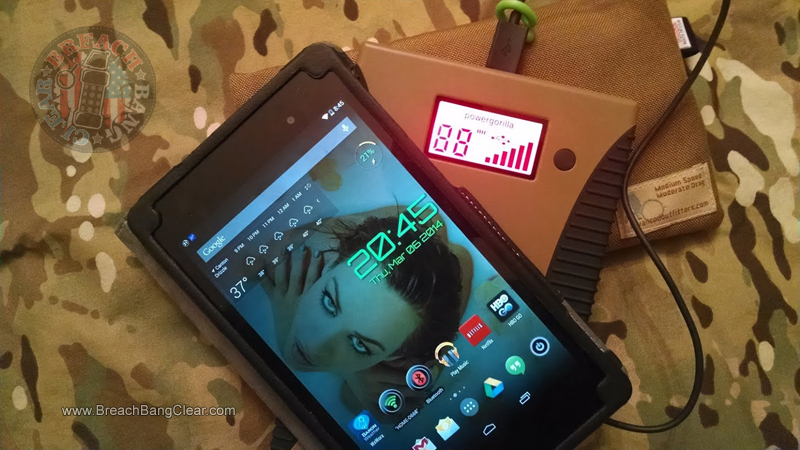
I was very sorry to hear that some of my favorite pants, the
Platatac Urban Dax (wearing them right now, in fact) didn't make it out of prototyping, and certainly not to market.
There are all kinds of business reasons for this kind of thing to happen, but in the end, I am just grateful that I got to grab a pair whilst they were available. I saw some
advertised on the Platatac eBay shop but not in my size,and I was worried that I might never get another pair like them.
I'd seen some of the
Platatac TacDax in the "news" and when I pestered the guys about bringing back the Urban Dax, or if they had any laying about in the warehouse, they hooked me up with a set of their
in-between line, the Bush Dax.
"Dax" (or dacks), for those of you who aren't aware are an Aussie colloquialism for pants,
especially track suit pants. Rhyming slang ... I've never really gotten it, but, there you go.
The Bush Dax follow the same generous lines as the Urban Dax, with some interesting variations and different features.
First up, the material is slightly different, perhaps a combination of treatment and weight of fabric, but felt more like cotton duck than the Urban Dax. With the same generous crotch, with both reinforced seat and crotch, I have been perfectly confident squatting, throwing my leg over walls and generally scrambling about in them. I've
torn the crotch out of so many lesser pants I cant begin to state how important that is to me.
Next up are the array of pockets available.
Like the Urban Dax, these have a variety of ambidextrous pockets, ten in total: Regular "jeans-style" pockets right where you expect them , and are nicely placed, and a good depth. I'm so glad I have pants with pockets and
am allowed to use them ... The jeans-pockets don't have any internal pockets.
Same goes for the backside pockets, hook-and-loop secured flaps cover up essentially a standard jeans-seat pocket.
The front and sides are where the magic starts. There are two small pockets on the front of each quad. These are billowed, and also feature hook-and-loop closures, and easily fit my iPhone in its
Strike Industries BattleCase with quick-pull ring.
The sides of the ubiquitous cargo-pocket feature a mesh-lined side pocket, with a zipper closure, which in turn are deep enough to easily store my
hefty HexBright Flex flashlight and keep it in place for when i need it, especially if I'm sitting.
You can also see that I have connected my lanyard to one of the integral accessory loops that are found at each of the 60mm belt loops, offering a solid place to anchor your gear without clogging up your belt and belt loops.
As with all the Platatac gear, and clothes, these are seriously well put together, double stitched on all the major load-bearing seams, and bartacked at the joints.

Here is the most important feature, to my mind, and my principle test. The main cargo-pocket, with its twin spot hook-and-loop closures, and billowed sides, for high capacity storage, with happily fit my iPad.
Silly you might think, or at the best, totally POG of me, but given my day-to-day activity, having somewhere I can stash my iPad is quite a benefit. It also gives a nice standard measure. So, with my excuses aside, I can run, climb, crawl around under things and then whip out my iPad to access whatever data or app i need ... great pocket. Again, it lacks any of the internal compartments that the Urban Dax had, but that simplicity probably saved the design from the cutting-room floor.
I have a lot of EDC gear, and the spacious pockets of the Bush Dax meant that I didn't have to worry about jamming it all into ta couple of pockets, but distribute it into workable zones.
The position and placement of the pockets was really comfortable, something is is occasionally missed (or perhaps, given my preying mantis proportions, I just don't fit where makes expect pockets to sit), but with the Bush Dax, I had nothing to complain about.
One thing I didn't may much attention to was the elastic drawstring blousing available in the ankles. (which are the saem as found in the ADF DPCU uniform, apparently). Good for keeping crap out of your legs, but for my needs, a bit too much, so i left them slack, and able to drape over my boots, to keep me looking a little bit civilized ..
Lastly, a really cool feature that I haven't had a lot of success with, are the knees.
Each knee has a hook-and-loop closing pouch at the base of the knee, which opens up to allow a knee-pad to be inserted, with a little effort, and placed one of my smaller pads in the pouch (I left one out to give an idea of scale, these are
Team Wendy KEPS Sleak elbow pads.
I found that the opening was very narrow, even for a narrow pad like an elbow pad.
Perhaps there is a better way of doing it?
Anyone?
So, that aside, these are some great pants, not heavy, or stiff, but neither are they lightweight, and offered me versatility in my wardrobe, without sacrificing utility or hardiness.



















































